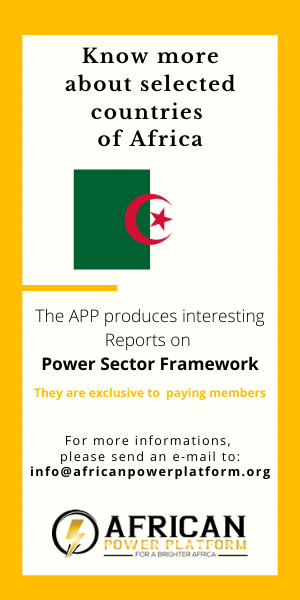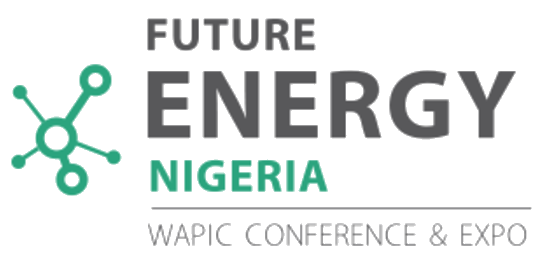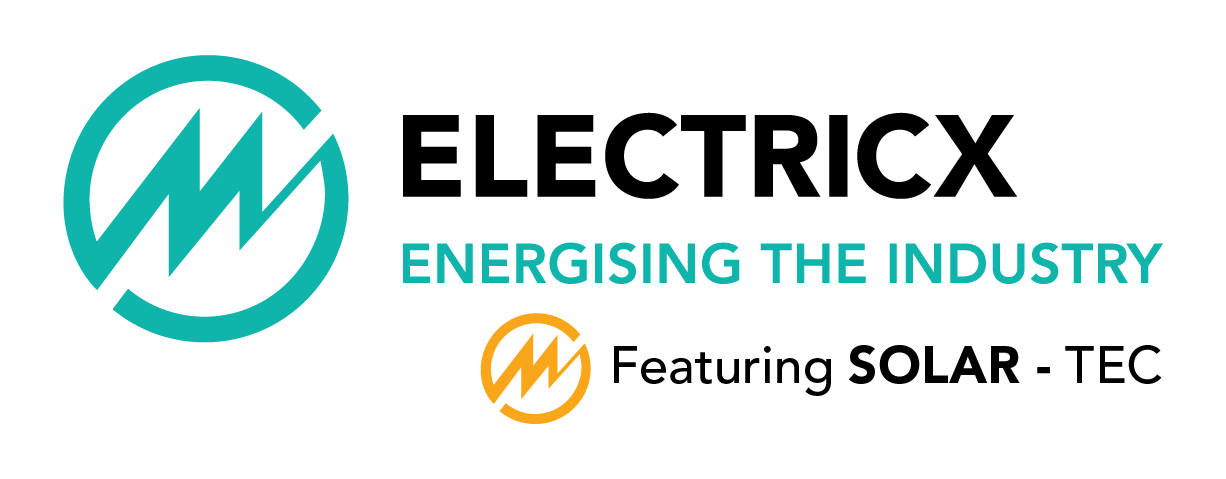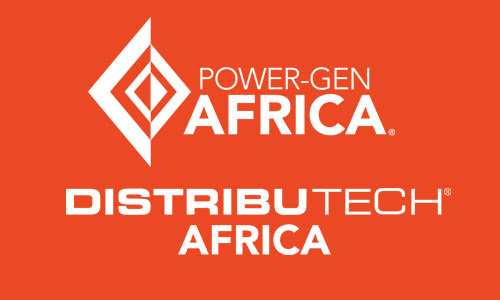Date: 5 July 2023
Location: Dakar
Description: As Senegal wants to provide its population with permanent access to electricity by 2025, decentralized energy solutions for remote areas will remain a main goal. What’s next after the completion of the government’s ASER300? Bringing electricity to 17 million people leaving in rural areas requires to scale up mini-grids deployment, which includes PV modules, inverters, storage, and cooling systems. Not to mention the persistent grow in C&I solar which relies on cutting-edge technologies.
As Senegal has recently validated the National Strategy for the implementation of Article 6 of the Paris Agreement, the country also confirms its target of reducing GHG emissions by at least 23% and increasing renewable energy to 30% of the country’s energy mix by 2030. As carbon credits market is gaining momentum, could Senegal further benefit from this initiative as an opportunity to unlock financial resources for its energy transition process and renewable energy ambitions?






















